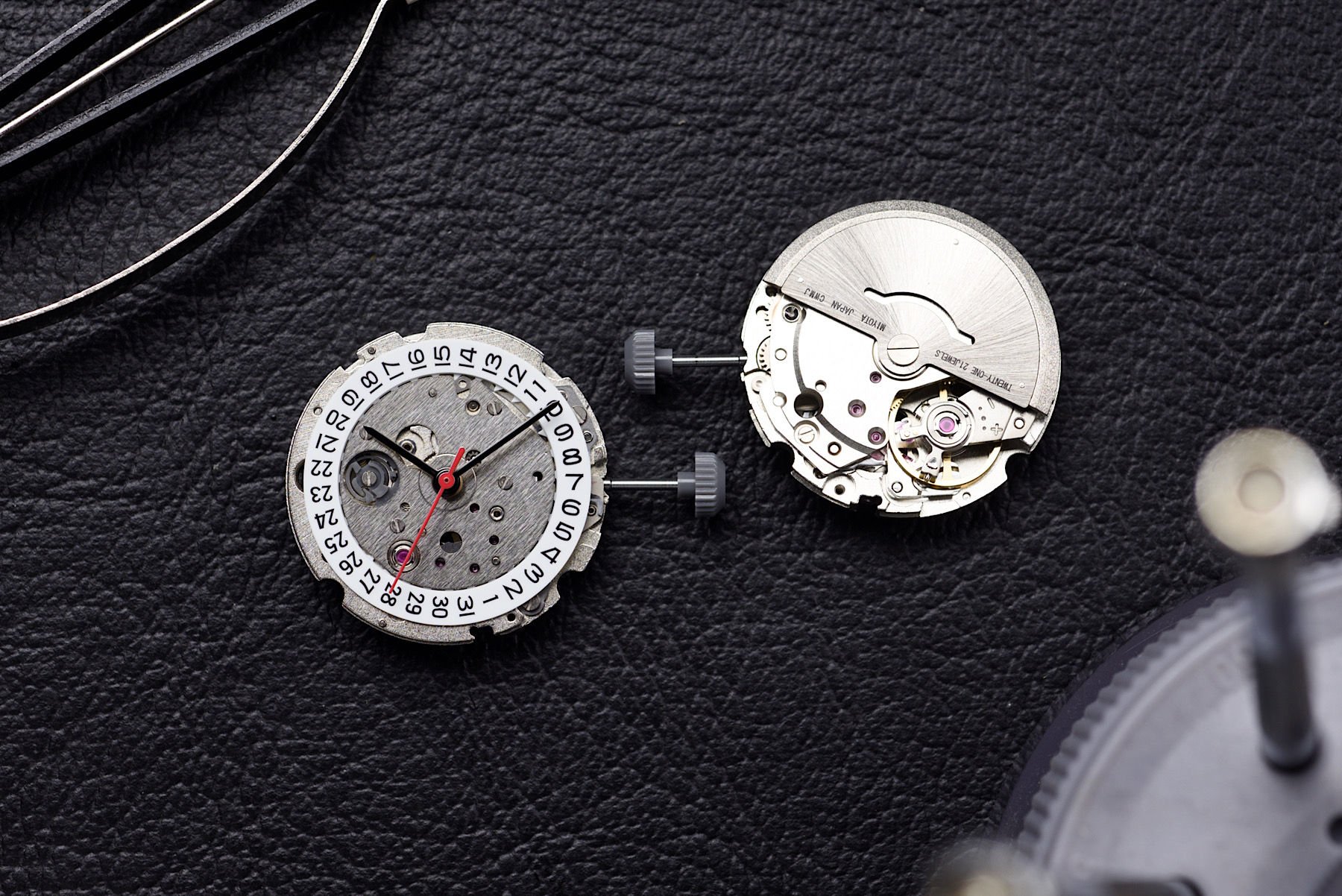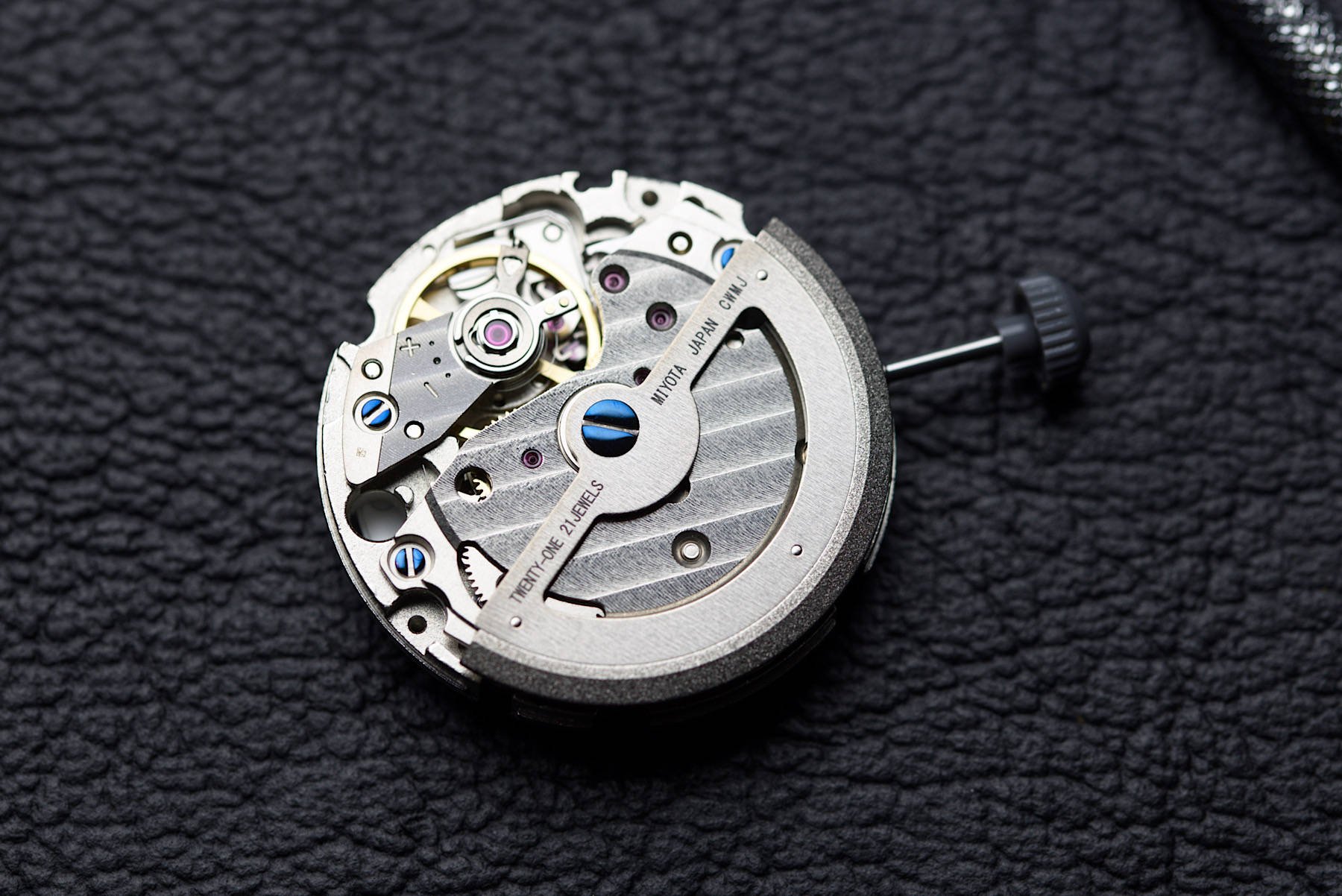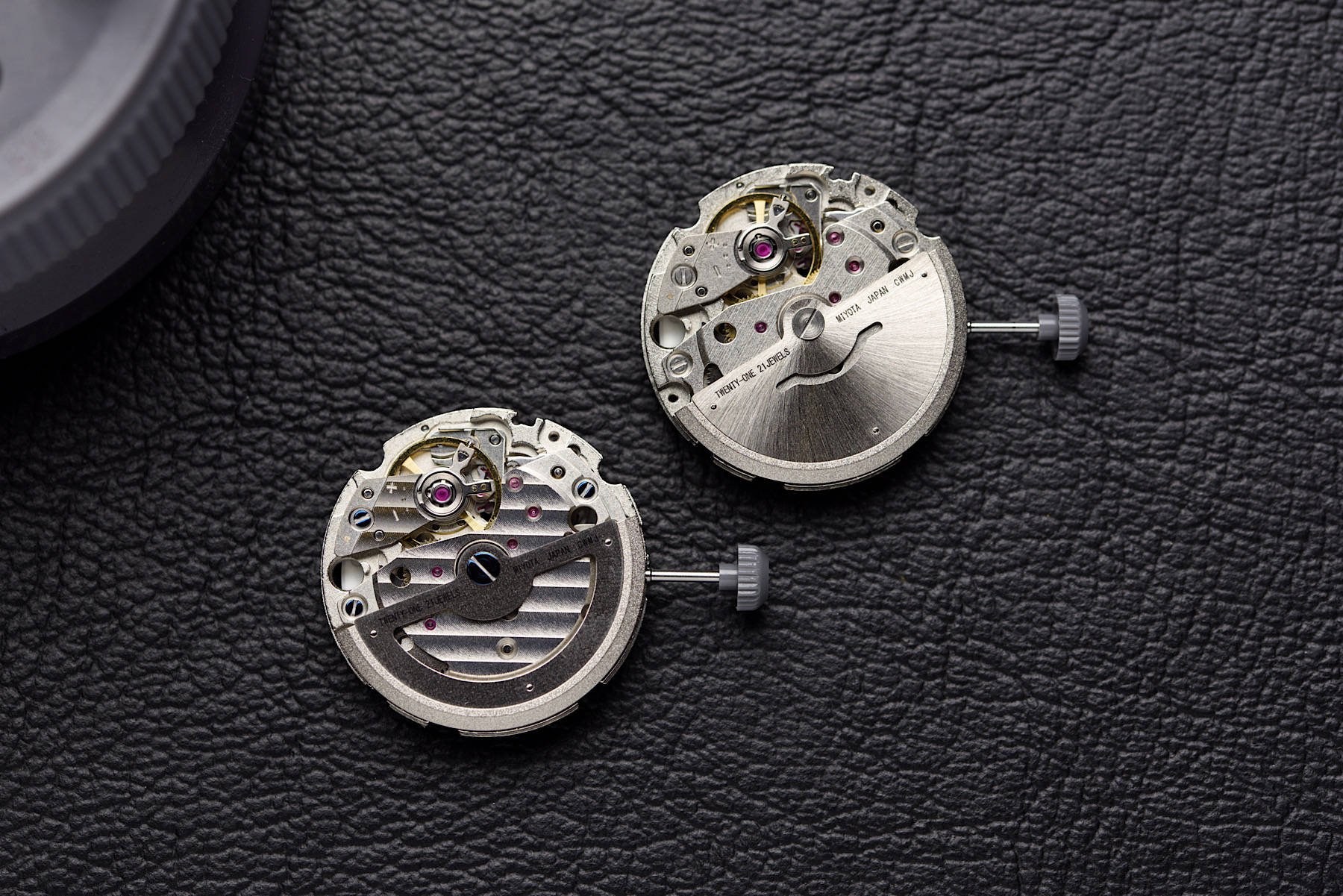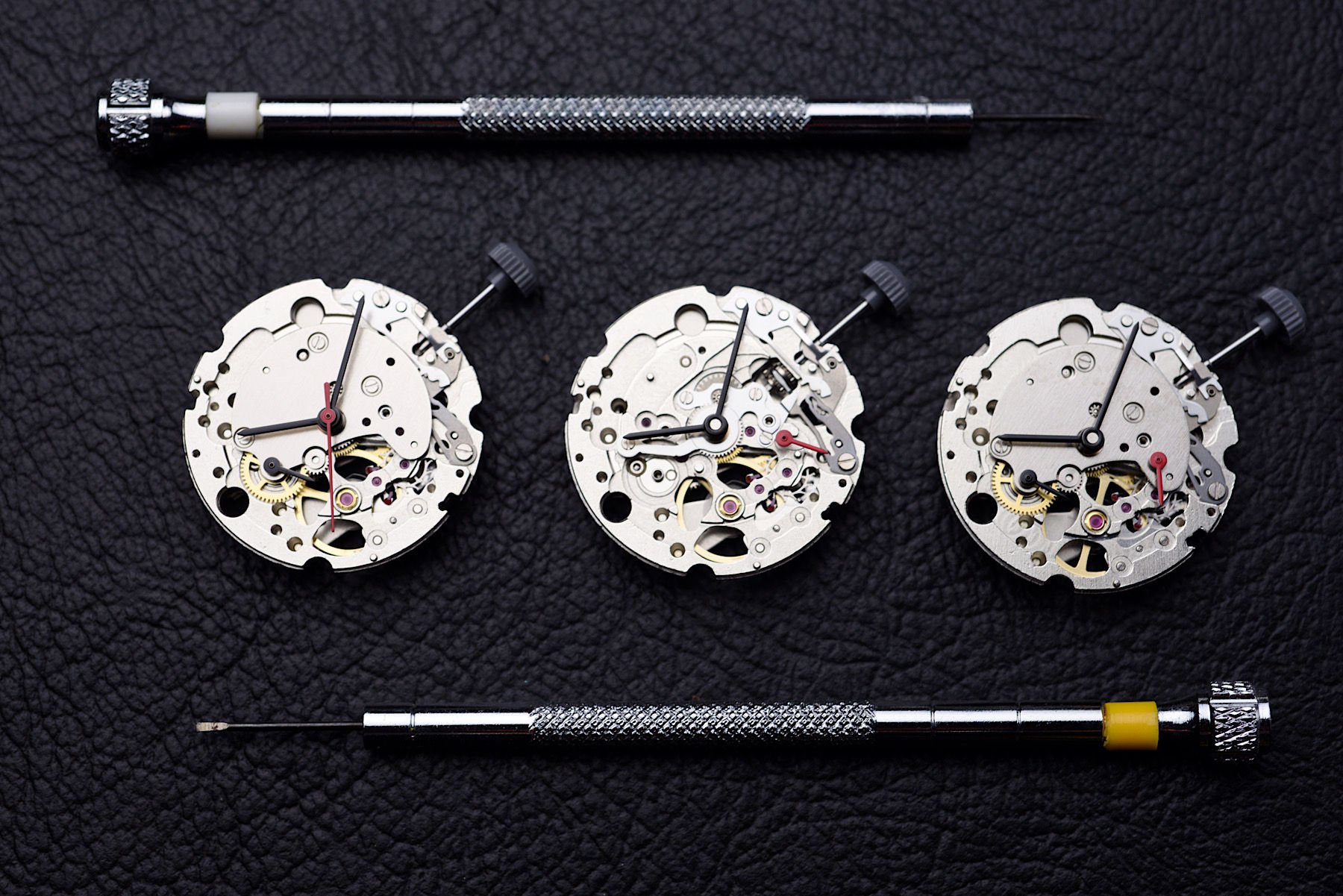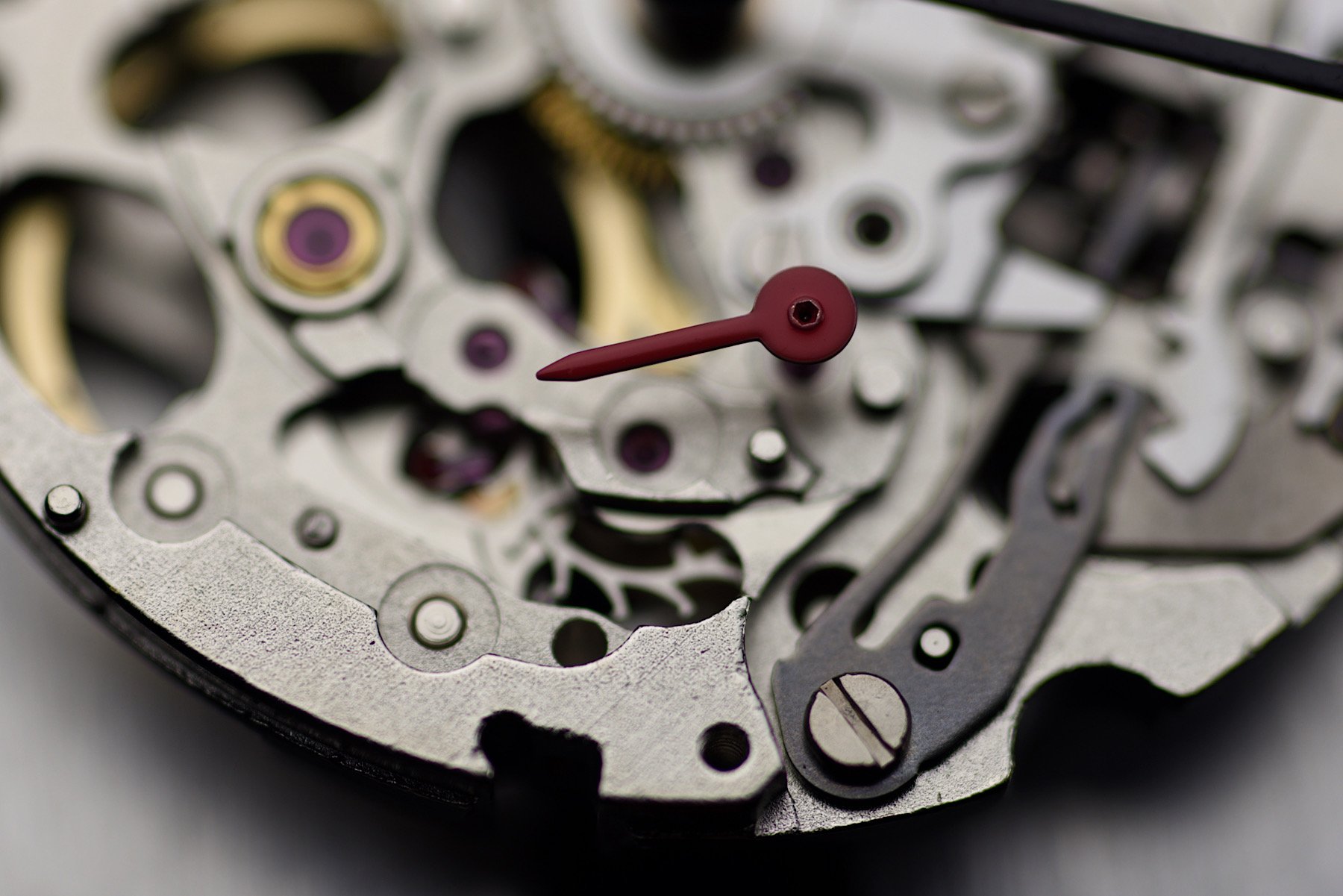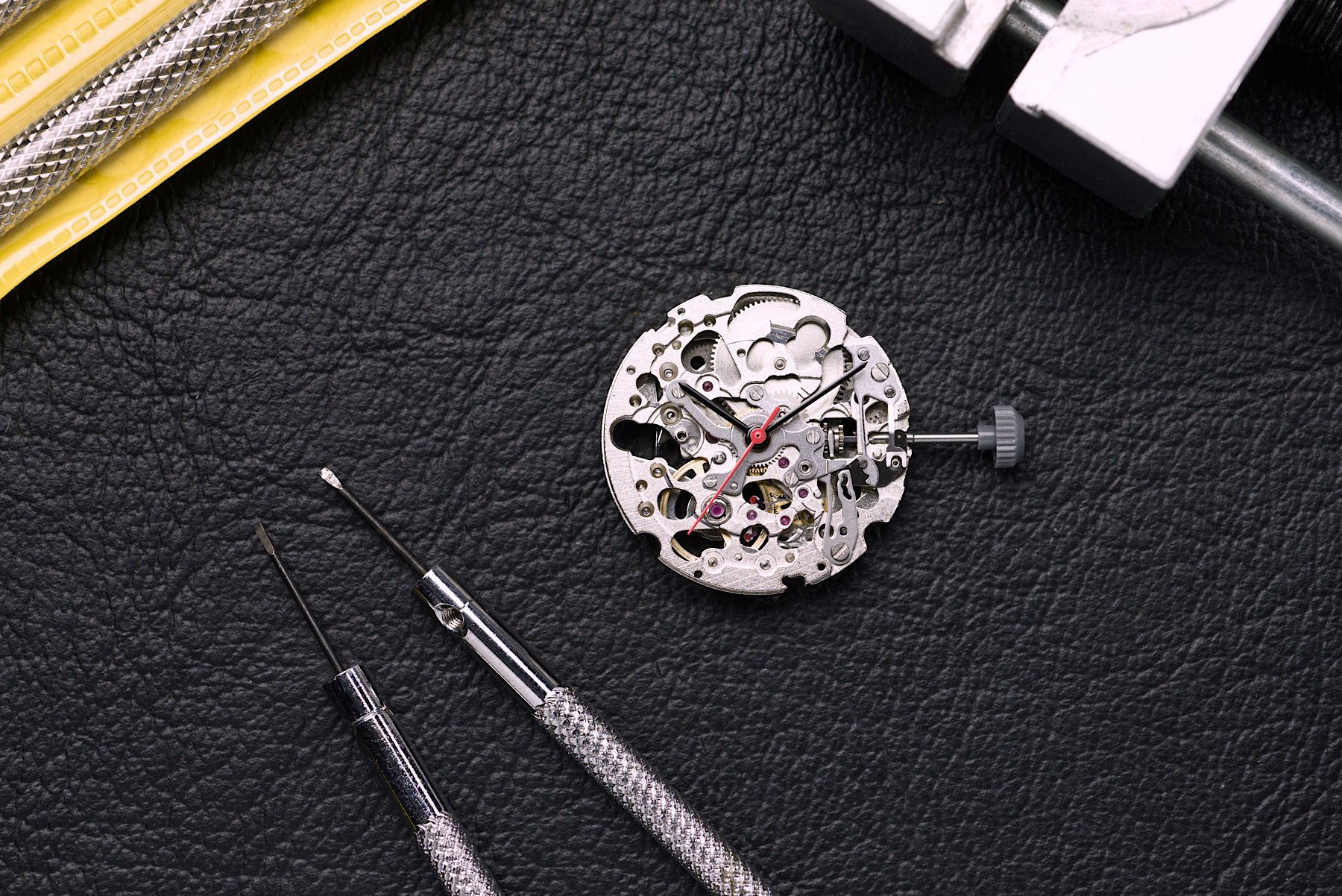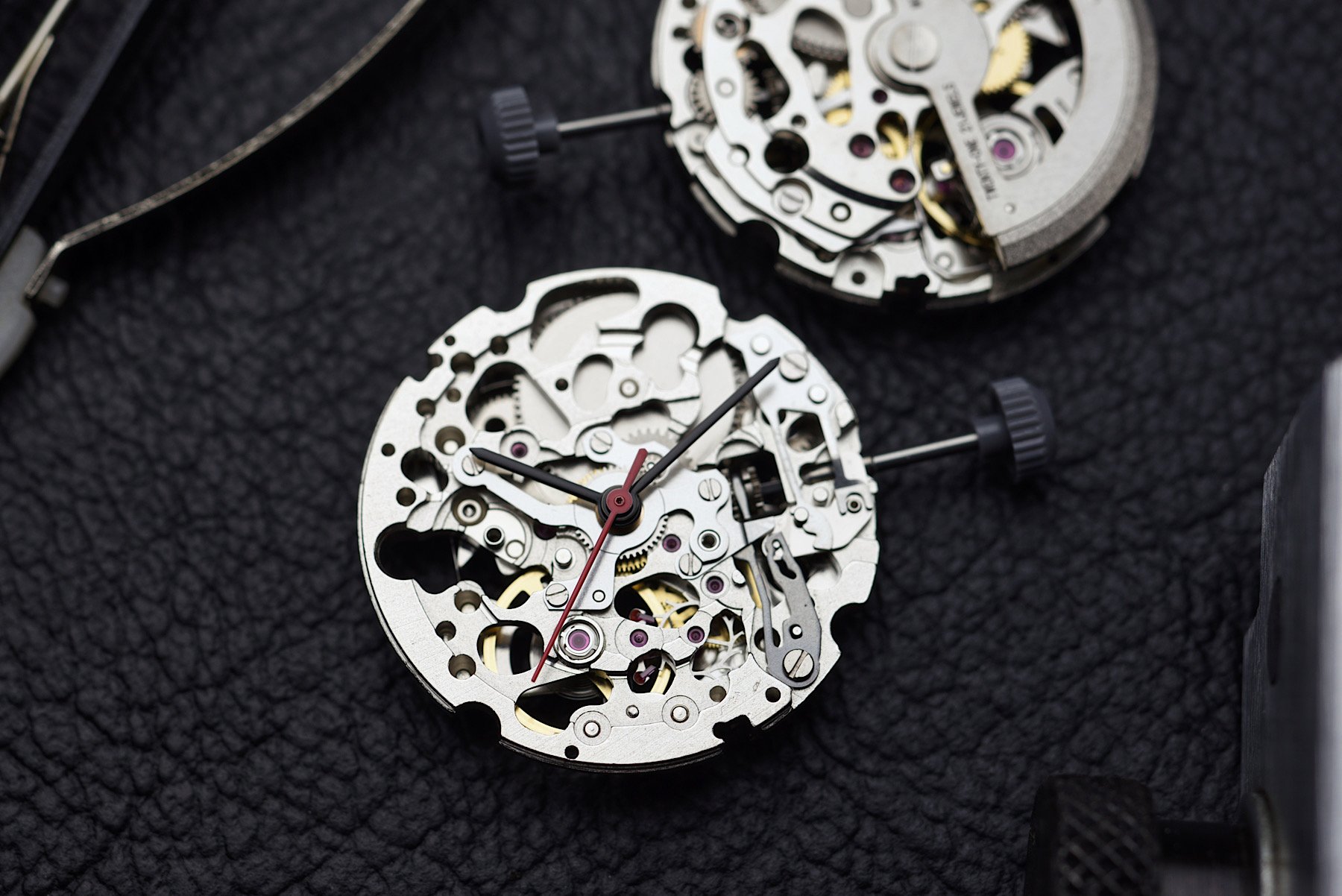A Look At Miyota’s 8-Series Movements For Microbrands
Last year, Thomas gave an introduction to Citizen’s Miyota operation, with a focus on the Miyota 9-series movements and their use in many microbrands we are familiar with. The consensus is that this popular family of automatic calibers offers plenty in terms of specifications, variety, customization, and value. Today, I’m looking at the 8-series movements, and it’s hard not to draw the same conclusions.
It’s tough to pinpoint precisely when the microbrand scene took off. Still, if you were there in the late 2000s or early 2010s, you will likely be familiar with the Miyota 8215. At that time, it was the standard choice for limited-production automatic watches. When Miyota introduced the 9-series in 2010, it quickly gained popularity due to its thinness, higher beat rate, and improved accuracy compared to the existing 8-series. That doesn’t mean the 8-series no longer has a place, though. Gradual improvement and new additions keep this family kicking as strongly as ever. Depending on the watch, an 8-series caliber can still be a perfect choice. Let’s concentrate on this family of movements today.
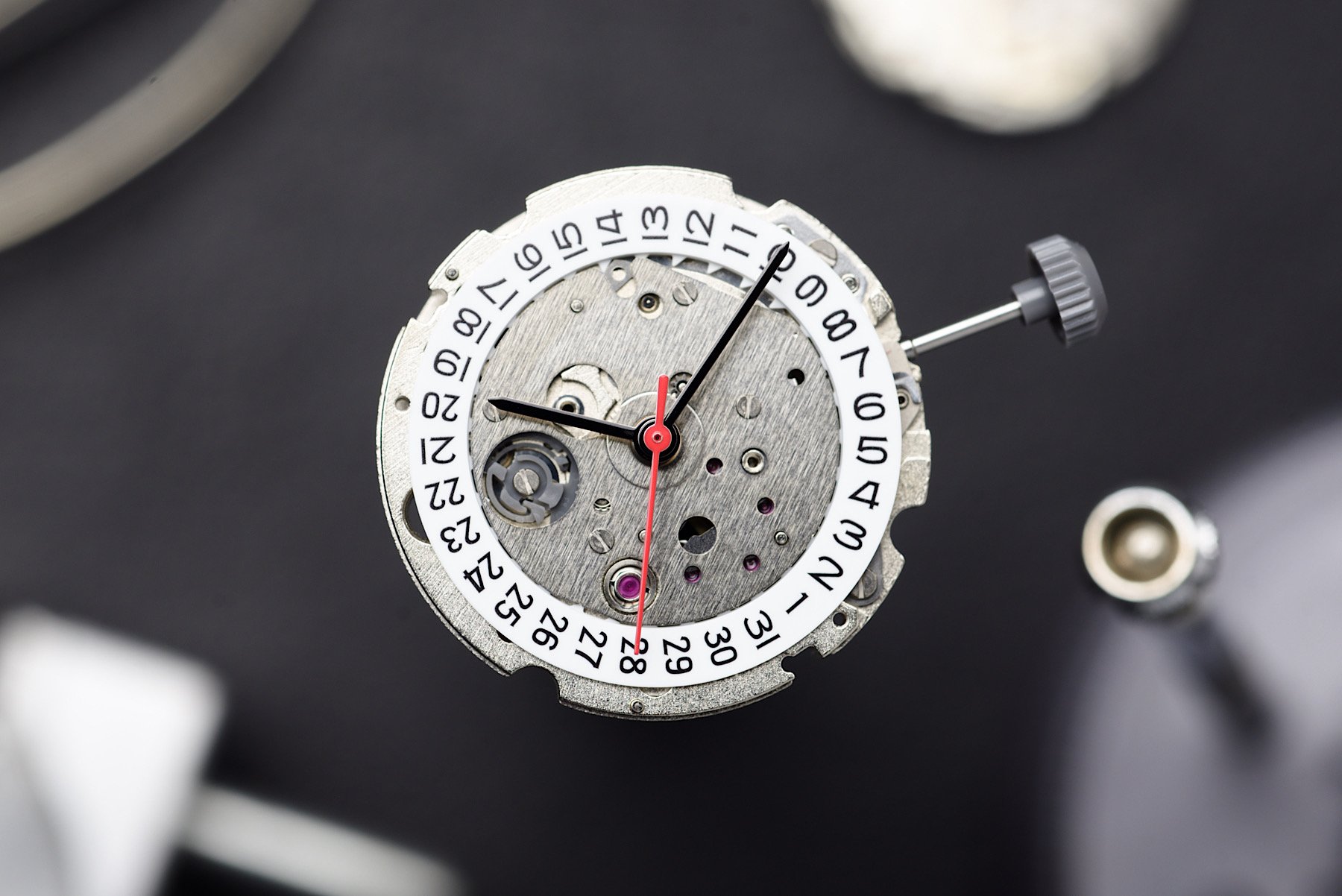
The 8215 and 8315 front is identical, with the main difference being the reverse finishing and increased power reserve
A myriad of 8-series calibers to choose from
Miyota sent six of its 10 main 8-series calibers to examine, all of which share the same common core. Each is an automatic movement, 11½'” (25.942mm) in diameter and 5.67mm thick, with unidirectional rotor winding. Each can also be manually wound, and each one hacks. Older versions of the 8215 caliber didn’t have the stop-seconds function when the crown was pulled out. Still, this has been standard on all 8-series movements for some time now. Each one vibrates at a frequency of 21,600 beats per hour (six beats per second). Aside from the basics, there are quite a few variations.
The tried-and-true 8215
The “standard bearer” of the family is the 8215. It’s the one I’m most familiar with through watches I’ve owned or reviewed. This features three hands for hours, minutes, and seconds, all centrally mounted and with a date wheel running the perimeter. Once fully wound, the mainspring stores enough power to keep a watch running for 42 hours. Regarding accuracy, the stated boundaries are -20 to +40 seconds per day. Often, though, you’ll be able to see something closer to the middle of this range.
My habits mean any watch is rarely worn for more than two days at a time, so the power reserve and accuracy are more than adequate. Thanks to its affordability and function, this is the perfect choice for many brands such as Sternglas, Lip, Festina, and Rotary. As you’ll note from the Sternglas Naos review, a common customization is reprinting the date wheel in a different color or orientation.
A little extra power
If the 8215 caliber is the “vanilla” offering, then the 8315 is the stracciatella. It is essentially the same base but has a little extra treat running through it. Mechanically, the power reserve is upped to an impressive 60 hours. Visually, the movement has improved decoration and a skeletonized rotor. Baltic, Laco, and Wolbrook have all made use of this combination while the latest M.A.D.1 Green’s internals also started with this caliber before some heavy customization.
Aside from the power reserve, you can see that the finishing of the 8315 is far superior to the “standard” 8215. The 8315 benefits from blued screws, “Geneva striping”, and an open-worked rotor, making it an appropriate option for watches with display case backs.
Open up your heart
Next up are a series of three open-heart movements. The 82S3, 82S5, and 82S7 are again based on the 8215 caliber,. However, this time they have the date wheel removed and bridges cut back to expose the balance wheel through the lower left-hand side of the dial. But that’s not all. Three different versions of this movement also offer a 24-hour register and different positions for the seconds hand. The 82S5 combines the open heart on the left with sub-seconds on the lower right-hand side. You can find this movement in, for example, Zeppelin’s LZ 127 Graf Zeppelin range.
Keeping the small-seconds sub-dial and adding a 24-hour register (linked to the 12-hour hand), the 82S7 has been used by SevenFriday, among other brands. In the case of the W1/01 Blade model, SevenFriday uses the 24-hour register as a day/night indicator. The family’s third and final open-heart caliber is the brand-new 82S3 with a central sweeping seconds hand, which is yet to be widely used.
Skeletons in the closet of the 8-series
Going one step further than the 82Sx series of calibers, the 8N24 is a fully skeletonized movement. Although it does not feature the same level of finishing as the 8315 movement, the rotor is again skeletonized to offer the best view of the open work beneath. This caliber, at 5.55mm thick, is also slightly thinner than its counterparts. Fossil and Festina are two brands that have selected the 8N24 for use in their watches, as has Rotary in many of its skeleton offerings.
Often cited as a foible of the 8-series calibers, the “Miyota stutter” results from the indirect drive of the seconds hand, and it has no bearing on the accuracy of the watches using them. A slight knock or jolt to the watch will often see the seconds hand momentarily pause before it resumes ticking a second or two later. You can find a good summary of the reasoning behind this eccentricity at Caliber Corner.
Concluding thoughts on the Miyota 8-series movements
Although the tried-and-true 8215 movement is the most famous of the family, each of its siblings offers something extra, either in terms of functions or aesthetics, while still providing exceptional value. If aesthetics are critical, it’s also worth noting that each movement explored above except for the 8315 also has a gilt version available!
Sure, the newer 9-series calibers offer greater accuracy, a smoother sweep of the seconds hand, and a little extra thinness. However, as with anything in life, it’s good to have options to suit different budgets. The 8-series certainly has options. You can find more information on all of these automatic calibers on Miyota’s official website.

